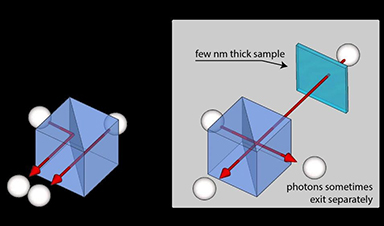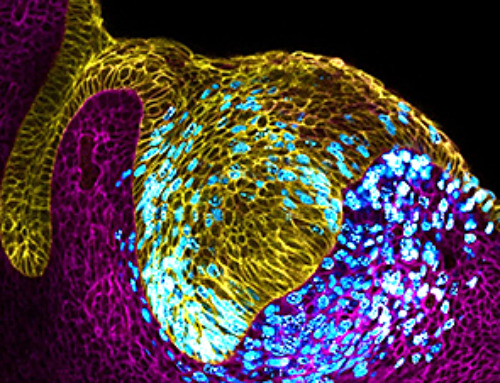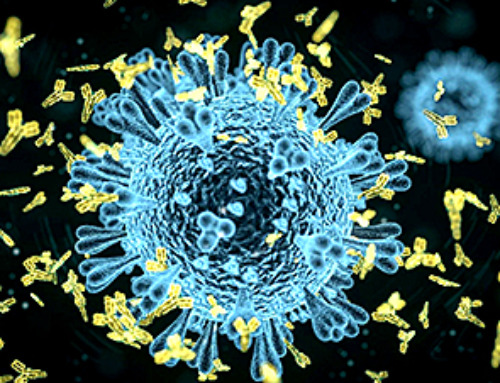The University of Warwick and QuantIC researchers at Heriot Watt University and the University of Glasgow performed a study in optical sensing, which could considerably enhance the precision of measuring nanoscopic structures.
QuantIC is part of the UK National Quantum Technologies Program and is the UK Quantum Technology Hub in Quantum Enhanced Imaging.
The researchers used pairs of photons, which are essential components of energy that make up light, to develop a method that determines the thickness of objects that are less than a 100,000th of the width of a human hair.
In the latest technique, two near-identical photons are fired onto a component called a beamsplitter and their subsequent behavior is monitored – with some 30,000 photons detected every second, and 500bn in use during an entire experiment.
Identical photons tend to ‘buddy up’ and continue to travel together – the outcome of a mild quantum interference effect. As a result of this, the team’s newly developed setup provides the same stability and precision as current one-photon methods that, owing to the equipment needed, are more expensive.
Providing a host of promising applications, such as research to better understand DNA, cell membranes, and even quality control for nanoscopic 2D materials of one atom’s thickness, for example, graphene, the latest study represents a major improvement on current two-photon techniques with up to 100 times better resolution.
Image Credit: University of Warwick
News This Week
Organ Architects: The Remarkable Cells Shaping Our Development
Finding your way through the winding streets of certain cities can be a real challenge without a map. To orient ourselves, we rely on a variety of information, including digital maps on our phones, [...]
Novel hydrogel removes microplastics from water
Microplastics pose a great threat to human health. These tiny plastic debris can enter our bodies through the water we drink and increase the risk of illnesses. They are also an environmental hazard; found [...]
Researchers Discover New Origin of Deep Brain Waves
Understanding hippocampal activity could improve sleep and cognition therapies. Researchers from the University of California, Irvine’s biomedical engineering department have discovered a new origin for two essential brain waves—slow waves and sleep spindles—that are critical for [...]
The Lifelong Cost of Surviving COVID: Scientists Uncover Long-Term Effects
Many of the individuals released to long-term acute care facilities suffered from conditions that lasted for over a year. Researchers at UC San Francisco studied COVID-19 patients in the United States who survived some of the longest and [...]
Previously Unknown Rogue Immune Key to Chronic Viral Infections Discovered
Scientists discovered a previously unidentified rogue immune cell linked to poor antibody responses in chronic viral infections. Australian researchers have discovered a previously unknown rogue immune cell that can cause poor antibody responses in [...]
Nature’s Betrayal: Unmasking Lead Lurking in Herbal Medicine
A case of lead poisoning due to Ayurvedic medicine use demonstrates the importance of patient history in diagnosis and the need for public health collaboration to prevent similar risks. An article in CMAJ (Canadian Medical Association [...]
Frozen in Time: How a DNA Anomaly Misled Scientists for Centuries
An enormous meteor spelled doom for most dinosaurs 65 million years ago. But not all. In the aftermath of the extinction event, birds — technically dinosaurs themselves — flourished. Scientists have spent centuries trying [...]
‘Mini kidneys’ reveal new insights into metabolic defects in polycystic kidney disease
Scientists at Nanyang Technological University, Singapore (NTU Singapore) have successfully grown 'mini kidneys' in the lab and grafted them into live mice, revealing new insights into the metabolic defects and a potential therapy for [...]















Leave A Comment